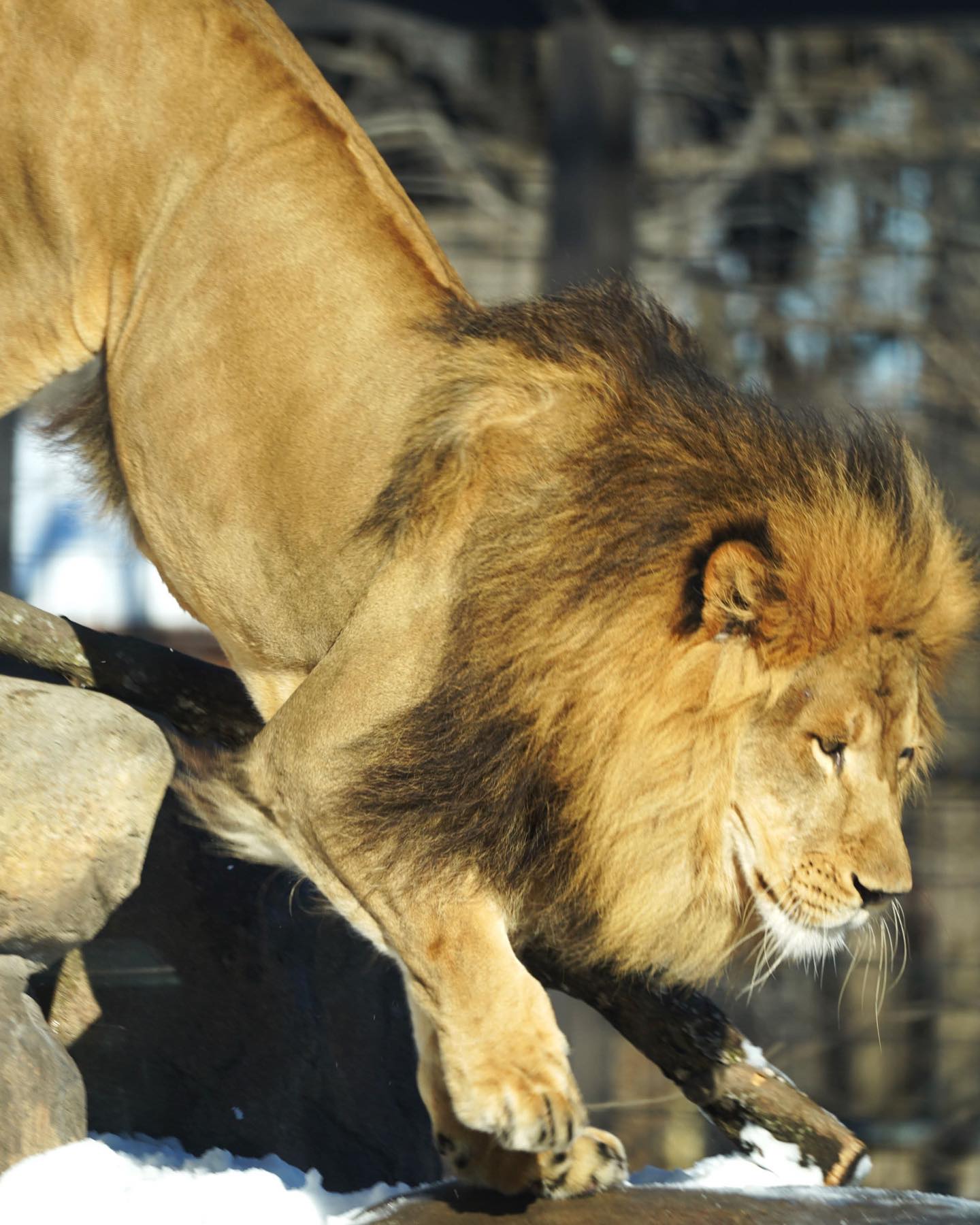- Explore the dynamic behavior and adaptation strategies of lions in response to seasonal weather changes.
- Examine the zoo management techniques employed to accommodate big cats in varied climatic conditions.
- Highlight the role of zoos in wildlife conservation, specifically focusing on big cats’ welfare and education of the public.
- Discuss the contrasting temperament and preferences of individual animals to changing weather patterns.
- Delve into the significance of observational studies in zoos for enhancing species-specific care and enrichment programs.
Seasonal transformations often pose unique challenges and exciting opportunities in zoo environments. Understanding how majestic creatures like lions navigate these changes can provide incredible insights into their adaptability and resilience. When warmer days arrive following a stretch of cold, there’s nothing like some sunshine that brings out varied responses among the animals, as was evident with the lions at the Denver Zoo.
Lions, unlike many other species, possess a fascinating ability to adapt to different temperatures. In general, their robust physiology allows them to endure a range of climates, albeit with behavioral adjustments. Typically native to the African savannahs, lions are accustomed to warm, arid conditions but can survive in colder climates, as demonstrated by male lion, Tatu. Having previously resided at the Denver Zoo, Tatu is familiar with the region’s frigid winters. This familiarity, coupled with his natural adaptation skills, enables him to enjoy the outdoors even in less-than-ideal temperatures. Tatu’s response to warmer days involved increased yard exploration and behaviors indicative of comfort and curiosity.
Conversely, lioness Asante offered an intriguing contrast. Known for her marked dislike of snow, Asante often refrains from venturing outdoors during inclement weather. Her preference to stay indoors during colder weather is a poignant reminder of the individual differences in temperature tolerance among animals of the same species. As temperatures rose, however, Asante displayed a willingness to join Tatu in their yard, indicating how environmental stimuli such as warmth and sunlight can influence behavioral changes.
Zoo management faces the constant challenge of adapting to unpredictable climatic variations to maintain the health and well-being of their inhabitants. For big cats like lions, zoo professionals must carefully curate their living environments to simulate natural habitats as closely as possible. This involves the installation of heated areas, provision of enrichment items that cater to behavioral needs, and management of social group dynamics. These practices are vital not only for maintaining physical health but also for the psychological well-being of the animals, ensuring that they remain active and engaged.
Zoos serve a crucial role beyond public entertainment; they are pivotal in wildlife conservation efforts, providing safe environments for endangered species while also educating the public about the importance of biodiversity. Efforts to engage visitors through experiences such as observing lions in outdoor habitats are part of broader educational goals. Such observations facilitate public awareness of the species’ behavior, adaptability, and the broader ecological implications of their survival.
Lions like Tatu and Asante, each with their unique environmental preferences, highlight the importance of individualized animal care. Zookeepers employ observational tools and data collection techniques to tailor enrichment programs that meet the specific needs of each animal. Understanding each animal’s individual responses to environmental changes is critical in enhancing their quality of life. By studying these responses, zoo staff can adapt enrichment items and activities to provide the necessary physical and mental stimulation, leading to healthier and more satisfied animals.
Observational studies carried out within zoos are indispensable tools for enhancing animal care standards. By analyzing the behavior of their lions, Denver Zoo staff can gain valuable insights that contribute to refined care strategies and more effective habitat management. Such data-driven approaches are essential for developing successful in-situ conservation programs and ensuring that each animal is provided an environment that promotes its natural behaviors.
In conclusion, there’s nothing like some sun after days of snow that reveals the adaptability of lions to their surroundings. It also emphasizes the critical role that zoos play in wildlife conservation and education. Understanding these dynamics not only enhances the welfare of animals like Tatu and Asante but also deepens our appreciation of the intricacies involved in managing and conserving our planet’s biodiversity. By fostering environments that simulate natural habitats, zoos enable these magnificent creatures to thrive and teach us invaluable lessons in adaptability and resilience.
*****
Source Description
Nothing like some ☀️ after days of 🧊 & ❄️!
The temps 🌡️ were warm enough for both lions 🦁 to have extended access to their yard, visible to guests! Male lion Tatu has been showing us how accustomed he is to winter weather, having called @denverzoo his home before.
On the contrary, lioness Asante is known for her ‘nope’ reactions to snow – yet she decided to join Tatu in their yard!


